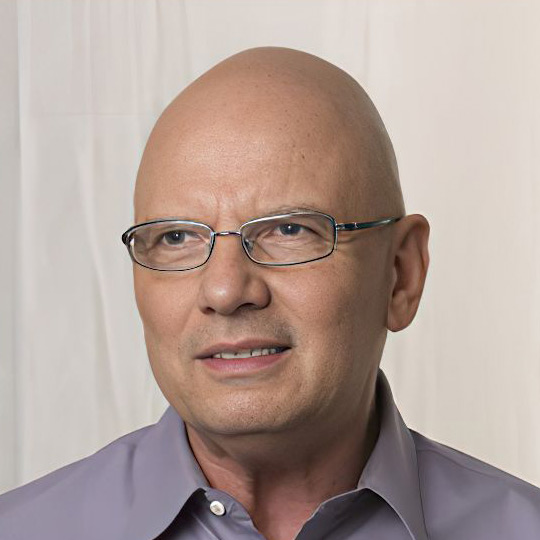In his State of the State address, Governor Gray Davis affirmed that both Republicans and Democrats can produce good ideas. If evidence is needed, a quick look back at the energy crises of the 1970s shows that both parties are equally capable of dumb ones. That decade’s misguided and unsuccessful energy policies were joint outputs of the Nixon-Ford and Carter administrations, with help from California’s then-Governor Jerry Brown. The 1970s are back in Gov. Davis’ electricity proposals, and the ideas have not improved with age.
Back then, the Presidents wanted independence from foreign oil. Today, Davis wants to free Californians from power producers headquartered outside of the state. Declaring the producers—nay, “merchant generators”—barely distinguishable from common criminals, Davis proposed prosecuting them for activities that are probably legal and in any case fall under federal jurisdiction.
The Governor charged that generators are exporting some of “our power” to other states when prices are high. Exporting only makes sense if prices are higher elsewhere. Perhaps Davis views the residents of Arizona and Utah as unworthy to receive “our power.” Fortunately for California’s neighbors, Davis’ proposed export restrictions will be hard to square with the U.S. Constitution.
The Governor conveniently neglected to mention that over the typical year California imports far more power than it exports—buying from profiteering out-of-staters cuts our bills. But the imports that allowed California to live for 15 years without building new power plants aren’t sufficient any more. If we can somehow block exports, so can other states.
Beyond export restrictions, the Governor eyes new resources in municipal utilities, currently exempt from most regulation that applies to corporate grids. He wants to bring municipals under the regulatory umbrella and permit them to charge no more than cost for any surplus energy they sell. High wholesale power prices have helped the Los Angeles Department of Water and Power to massively cut its debt burden, and California’s municipal utilities will not give up their prerogatives without a fight.
As for builders of power plants, they can still trust many states and dozens of nations to maintain predictable regulations, but California apparently intends to increase their risk with threats of random and politically motivated regulation. To cope with disincentives to new construction, the Governor’s isolationist strategy will spend our taxes to fund (and possibly own) new plants if they promise to keep their power in-state. What gets built, of course, will be a political choice rather than an economic one.
Even the exhortations from the 1970s to conserve have been reborn. If voluntary conservation works, reductions in demand may put downward pressure on market prices. We tried this under Jerry Brown and Jimmy Carter, and post-mortems showed limited effectiveness at best. High prices are the best inducement to conservation, but when rates are frozen ratepayers never see the real scarcity that prices reflect.
As for raising the rates, numerous people apparently still hope for a near-miracle—that power producers will somehow be forced to part with their gains and thereby make good the utilities’ deficits. The Federal Energy Regulatory Commission has said “no” to similar requests several times, and about the only way left are lawsuits that will be lengthy and difficult to win.
The Governor actually beat the 1970s Presidents in one important respect. He denied reality more stubbornly by never mentioning our biggest and most immediate problem. Every hour California’s utilities are paying hundreds of thousands of dollars more for power than they are allowed to recover, and they are within weeks of becoming unable to go further into debt.
Either customers must pay a lot more and soon, shareholders must take large losses with bankruptcy or merger as the likely outcomes, or the state must use some of its tax revenue to make the utilities whole. Each of these alternatives has some good points relative to the others, and each is repulsive in its own way.
The hard choice among them is the most important choice for California’s future. The Governor missed his chance to face us with reality. Instead he chose to spend his time distracting us with stories about Fortress California.







